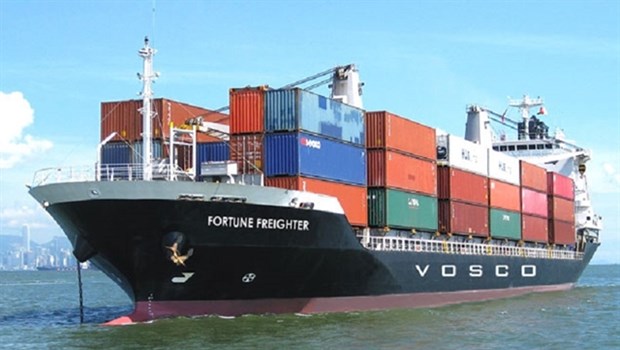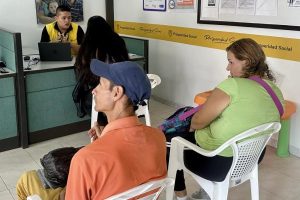High costs are hampering ocean carriers trying to go green, a seminar on sustainable shipping last week said.
A representative from the Vietnam Maritime Corporation (VIMC) said the Carbon Intensity Indicator (CII) measures how efficiently a ship transports goods and passengers.
The ICI is calculated in grams of CO2 emitted per cargo capacity and nautical miles, and is classified into five levels: A (higher upper), B (lower upper), C (moderate), D (lower lower) and E (lower level). underperforming).
To obtain the C classification, the ship must reduce CO2 emissions in three consecutive years, from 2023 to 2026, by 2% per year, which cannot be achieved without an engine upgrade and the use of LNG or methanol instead. of HFO fuels.
Unfortunately, conversions are out of the financial reach of most Vietnamese carriers, leaving them with no choice but to reduce the capacity of some of their vessels and idle others to meet IIC standards.
“Conversions are unfeasible for Vietnamese shippers, as well as other small-scale shippers around the world, due to high costs,” the representative said.
The representative was concerned that the conflict between the rejuvenation of the world fleet required by ICI rules and the financial situation of shippers would cause a bottleneck in shipping around the world.
As of January 1, 2023, it is mandatory for all ships to calculate their achieved Existing Ships Energy Efficiency Index (EEXI) to measure their energy efficiency and start data collection for reporting their CII and CII classifications.
The VIMC has sent an appeal to the International Maritime Organization requesting different deadlines for ships from different regions, in order to give small carriers more time to adapt to the new system.
Halal industry will boost Vietnam’s ties with Muslim countries
For example, carriers in developing countries would need longer lead times to replace their substandard ships with green ones. Too abrupt a transition could lead to mass bankruptcies among those in weak financial positions.
A representative from the Vietnam Maritime Corporation (VIMC) said the Carbon Intensity Indicator (CII) measures how efficiently a ship transports goods and passengers.
IMO Secretary-General Kitack Lim said the IMO had raised the target to reduce greenhouse gas emissions from shipping to keep pace with global action for green growth.
As such, his organization is keen to support Vietnamese carriers in their efforts to improve their energy efficiency and reduce their environmental impact. He also believes that Vietnam will do a good job in the ecological transition given the country’s rapid economic growth and long coastline.
A representative of Vietnam Ocean Shipping JSC (VOSCO) said ICI compliance costs to be incurred by global shippers could amount to $3 trillion in the coming decades.
He also said that the “greening” of shipping would require several country-specific strategies, rather than one universal strategy for all.
Article republished from the Vietnamese state media VNA in the framework of an agreement between both parties to share content. Link to the original article:https://en.vietnamplus.vn/high-costs-setback-to-green-transition-in-maritime-transportation/253099.vnp
Vietnam News Agency (VNA) is a state-owned news organization that publishes, disseminates official information, and collects and provides news through various forms of multimedia content for domestic and foreign media agencies.
The VNA operates under a consortium model with 15 news units for domestic and foreign service and representative offices in the 63 cities and provinces nationwide and 30 foreign offices on five continents.
VNA and ReporteAsia have an agreement for sharing and republishing content





![[Img #74683]](https://thelatestnews.world/wp-content/uploads/2024/12/The-main-mistakes-to-avoid-when-betting-on-electronic-sports-150x150.jpg)










